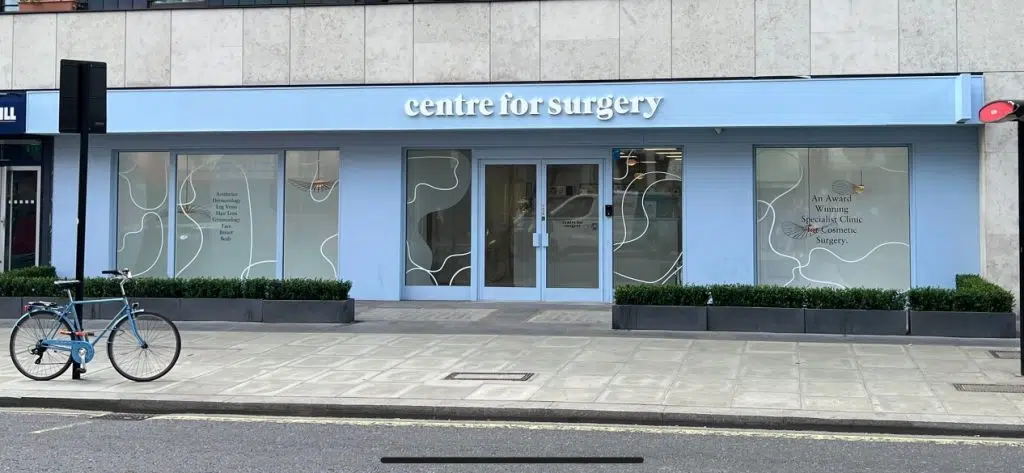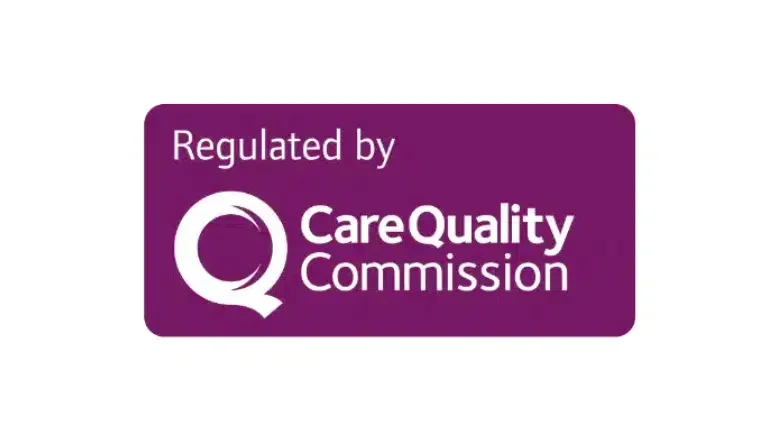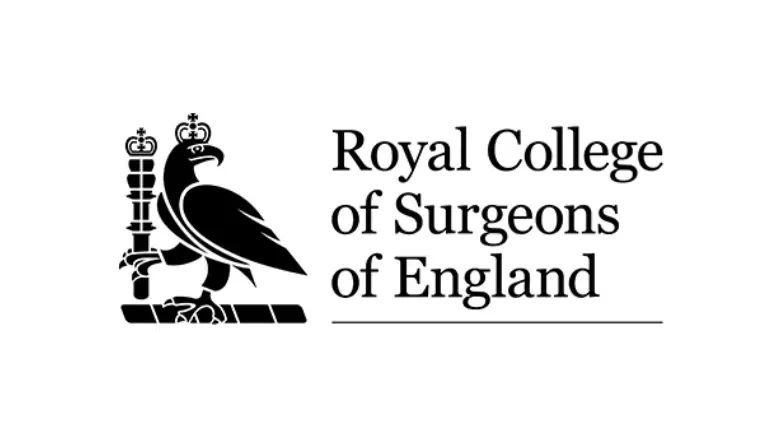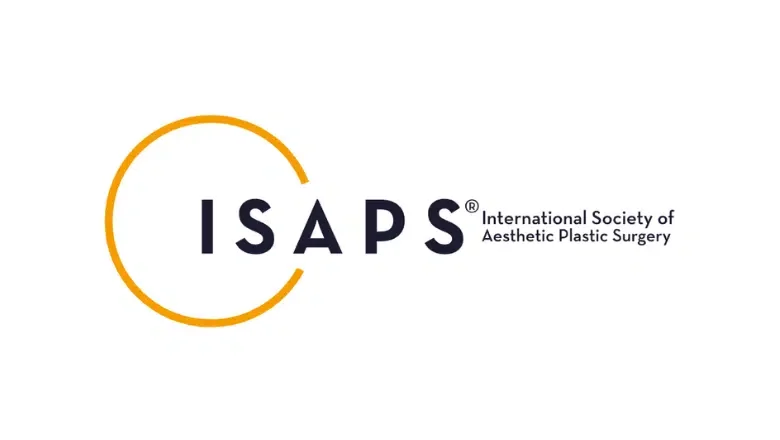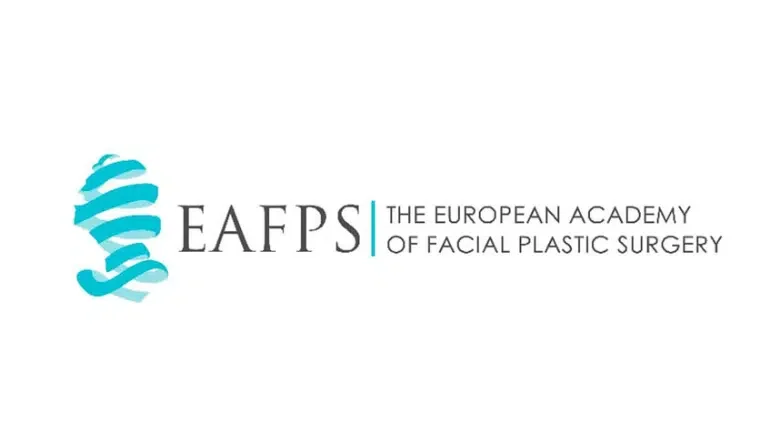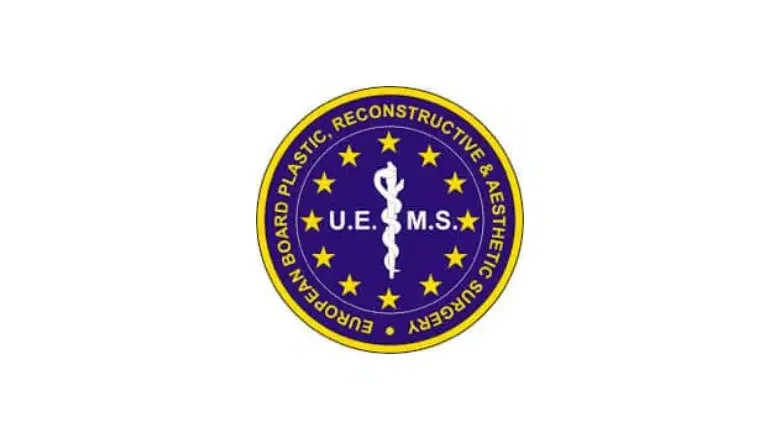Choosing to have a facelift is a significant decision for people wishing to address signs of ageing. We understand that choosing to have any type of cosmetic surgery is often preceded by months, if not years, of careful research. When performed by an expert facelift surgeon, the procedure can take years off your face and literally reverse facial ageing. The boost in self-confidence can be immeasurable for people who choose to undergo mini-facelift surgery. Given this, we commonly get asked if a facelift is suitable for everyone. Suitability for a facelift will depend on several factors. Although people of many different ages may express interest in the procedure, what matters more is whether a facelift will deliver superb results for appropriately selected patients. Not everyone will be suitable for a facelift, although the best age for a facelift is a significant factor when your surgeon is assessing you at the consultation. Here we discuss the best age for a facelift and describe the different types of facelift options carried out at Centre for Surgery.
RELATED: What are the signs of ageing in the face over time?
Understanding The Ageing Process
The ageing process is complex and affected by many factors, including genetics, environmental exposure, lifestyle choices, and general health. While everyone ages differently, there are some common changes that most people experience as they age:
Loss of Skin Elasticity
As we age, the production of collagen and elastin – the proteins responsible for skin firmness and elasticity – slows down. This results in skin that is less firm and elastic, leading to sagging and wrinkling.
Loss of Facial Fat Volume
The youthful face is characterised by plump, full cheeks. However, as we age, the fat in our face begins to lose volume and descend, which can lead to a hollow or sagging appearance.
Bone Resorption
Ageing also affects the bones in our face. Over time, the facial bones can lose volume or “resorb”, which can also contribute to sagging and a change in facial shape.
Dynamic Wrinkles
These are lines and wrinkles that form from repeated facial movements, such as smiling or frowning. Over time, these lines can become deeply set and permanent.
Ageing is a natural process, but there are many ways to address the visible signs of ageing. Facelift procedures can help to lift and tighten sagging skin, restore lost volume, and create a more youthful, rejuvenated appearance. However, it’s important to understand that facelifts are not a cure for ageing, but rather a way to ‘reset the clock’ and improve the overall appearance.
The best age for a facelift
Just because you have entered your 40s or 50s and have noticed signs of facial ageing doesn’t automatically mean you will be suitable for a London facelift procedure. Even if you are at an appropriate age, not everyone will be an appropriate candidate for a facelift. When researching facelift Surgery, you must first consider whether you actually need a facelift. In our experience, most types of facelift surgery, including mini facelifts, are designed for people over the age of 40.
If you are below 40, other less invasive treatment options can effectively target early signs of facial ageing. In many cases, you may have developed deeper lines and wrinkles, which may be related to smoking or excessive sun exposure. Many over-the-counter skincare products and non-surgical treatments will do little for such advanced signs of ageing, and in these cases, you may be deemed a suitable candidate for a facelift.
In our experience, most patients over the age of 40 are ideal candidates for a facelift. In reality, most patients who have a mini facelift are aged 50 and over. Most of the visible signs of ageing begin to develop during our 40s and 50s. Common features of ageing include fine lines, wrinkles, deeper skin folds and sagging jowls. These gradually become more extensive with age, which can often lead us to appear much older than we actually are.
Facelift surgery is always customised to the needs of the patient, as every patient will present different degrees of facial ageing. Some patients may be suitable for a facelift even if they are under the age of 40, if they begin to show moderate signs of facial ageing. We all age at different rates. Determining whether a facelift is suitable for you is based upon a detailed discussion with an expert facelift surgeon in London.
RELATED: How much does a facelift cost?
Choosing the Right Time for a Facelift
We live in a time with a plethora of anti-ageing solutions available to us. From skincare products such as creams and lotions, to more complex treatments like facelifts and anti-wrinkle injections, the choices are more diverse and effective than ever before.
It’s time to let go of any preconceived notions about facelifts. Modern facelift procedures are safe, and the results are astonishingly natural-looking. They aren’t just limited to women, either; men are also reaping the benefits of these transformative procedures. The appropriateness of a facelift isn’t strictly dependent on age; it can be a viable option for both men and women after the age of 40.
In addition to facelifts, there are various other procedures designed to address a broad spectrum of ageing signs. Each of these procedures can be customised to suit your individual needs and preferences.
Are you contemplating a facelift? If you are, then you’re likely wondering about the right time to opt for one. Deciding on the perfect timing for a facelift can be a daunting task given the various options available. To guide you through this decision-making process, here is a comprehensive guide on understanding your options and determining the most suitable time for a facelift.
RELATED: Full Facelift vs Mini Facelift – What’s The Difference?
Remember, the goal isn’t to drastically change your appearance, but rather to enhance your natural features and help you age gracefully. The best approach is to consider your unique circumstances and desires, and make a decision that aligns with your personal ageing journey.
When is the ideal time for a facelift?
A sensible approach is to try non-invasive and minimally invasive facial rejuvenation treatments before considering having invasive surgery such as a facelift. If, however, you have been thinking of a facelift for many years and are certain it will make you feel more confident about yourself, then you should certainly schedule a facelift consultation to explore your options. Improvement of cosmetic appearance through surgery is one of the most rewarding choices patients can make. It should not be underestimated, given the significant boost in emotional well-being it can produce.
RELATED: Face Lift for Men
It is also essential to consider your reasons for wanting to have a facelift procedure. If you find that you have spent thousands of pounds on a range of anti-ageing skin care products that have achieved little or no benefit, then considering a facelift should certainly be borne in mind. This will help to avoid continual wastage of money on products that have no proven anti-ageing benefits. Most patients come to see our surgeons after trying a wide range of facial treatments, including injectable treatments such as dermal fillers, with no success.
RELATED: Can I have a mini facelift?
Although topical skincare products have their uses, they are primarily targeted at individuals with mild signs of facial ageing and are ideally suited for a preventive skincare regimen. Once significant signs of ageing have developed, they are relatively ineffective in treating the signs of facial ageing. This is because the skin has lost a considerable amount of collagen and elastin, resulting in loss of skin elasticity and sagging skin. The decline in collagen happens to all of us as part of the ageing process, although the rate at which it decreases varies between people depending on lifestyle factors such as smoking or excessive sun exposure. If you are keen to explore the benefits of facelift surgery, schedule a consultation with us today to receive customised recommendations from our expert surgeons.
Different Types of Facelifts
There are several options for facelifts available at Centre for Surgery, including:
Mini facelift
The mini facelift is an ideal facelift option for younger patients with mild to moderate signs of facial ageing and who wish to achieve more subtle improvements without the surgical invasiveness of a traditional facelift. Mini facelift surgery involves making incisions around the natural skin folds of the ear and is much shorter compared to full facelift surgery. Recovery after mini facelift surgery is much shorter than a complete facelift, with most patients able to restart their normal activities within a few days after surgery.
One stitch facelift
The one-stitch facelift is ideally suited for patients between the ages of 35 and 45 with mild signs of facial ageing affecting the middle part of the face. Unlike other more invasive types of facelift Surgery, incisions for a one-stitch facelift are very short, with a rapid recovery time. The risks of this type of procedure are much less compared with traditional facelift surgery. The procedure is often combined with facial fat grafting to enhance the volume of sunken or flattened cheeks, restoring a youthful appearance.
Full facelift (rhytidectomy)
A traditional facelift is designed to address extensive signs of ageing and is commonly combined with a neck lift to improve the appearance of sagging neck skin. A Full facelift is ideal for patients over 60 who are distressed about the appearance of deep lines, wrinkles, and sagging jowls that have proven resistant to treatment with less invasive procedures or skincare products. The procedure involves the removal of loose skin and tightening of the face and neck to create a more defined and youthful facial appearance that can take over ten years off a person’s appearance.
Neck lift
Neck lift surgery is beneficial for patients with sagging neck skin or a turkey neck. A neck lift may be recommended if you are concerned about the appearance of wrinkles and sagging skin in the neck area. In some cases, patients may not be concerned about the appearance of the face but may benefit from surgical correction of a saggy neck. A person’s neck is often a significant giveaway of the actual age and is one of the most effective procedures to help people feel more comfortable about themselves.
RELATED: What is the Best Facelift Procedure?
The Advantages of a Facelift
A facelift is an excellent option if you’re seeking to rejuvenate your cheeks and jawline, bringing back the youthful charm to your appearance. This procedure tends to offer the most dramatic and satisfying results to individuals in their 40s to 70s. The benefits are generally more long-lasting in younger patients; however, this largely depends on individual factors such as skin condition and overall health.
Choosing a facelift can provide numerous improvements to your facial appearance, including:
Reduction of Sagging Skin
Facelifts work wonders in treating sagging skin, making your face appear tighter and younger.
Uplifted Corners of the Mouth
A facelift can raise the corners of your mouth, counteracting the downward turn that often comes with age, thus bestowing a happier and more youthful expression.
Elimination of Jowls
One of the major advantages of a facelift is the removal of jowls – the drooping skin along your jawline. This gives your face a more defined and youthful look.
Redefined Jawline
A facelift can sharpen the contour of your jawline, providing a more defined and youthful appearance.
Elevated, Plumper Cheeks
Ageing can lead to volume loss in the cheeks, causing them to sag. A facelift can restore the volume and lift your cheeks, enhancing their youthful roundness.
Softened Facial Lines and Folds
Wrinkles and folds can be significantly reduced with a facelift, leading to a smoother and fresher facial appearance.
Reduction of Excess Fat and Skin in the Neck
A facelift can help to remove excess fat and skin in the neck area, offering a more streamlined and youthful neck contour.
Working Proactively to Slow Down Ageing
Have you ever looked at someone and wondered how they seem to defy ageing? Chances are, they’ve been taking small, proactive steps over time. They don’t wait for obvious signs of ageing, such as sagging skin or deep wrinkles, to appear. Instead, they choose a more gradual approach, taking off a few years at a time.
This gradual approach could involve a variety of treatments. There are anti-wrinkle injections that can smooth out fine lines, laser treatments that rejuvenate the skin, and dermal fillers that can restore volume to areas of the face that have begun to appear hollow. Rather than letting the skin sag, these treatments fill in the fine lines and add volume where needed. This way, they maintain a youthful appearance until they feel ready for a more significant procedure, such as a facelift.
Unsure about whether it’s the right time for a facelift? Centre for Surgery in London offers a comprehensive consultation service. You can come in and have a one-to-one chat with one of our specialist surgeons. We’ll take the time to listen to your concerns and understand your expectations. Then, we’ll do a complete facial assessment and work with you to develop a personalised treatment plan that aligns with your needs and preferences.
Remember, managing the ageing process isn’t about waiting for the wrinkles to show up. It’s about taking proactive steps, whether that’s through lifestyle choices, skincare routines, or non-invasive treatments. And when the time is right, there are surgical options like the facelift to help you maintain a youthful appearance.
What to Expect Before, During and After a Facelift
RELATED: Facelift Surgery FAQs – Q&A about Rhytidectomy
Before a Facelift
When you opt for a facelift at Centre for Surgery, you will be working with highly skilled and experienced plastic surgeons. They will collaborate with you to assess your aesthetic needs and explain the available surgical and nonsurgical options. By doing this, a personalised treatment plan will be developed, ensuring the best possible outcome for your situation.
If you are a smoker, you must quit at least six weeks before your procedure. Your general physician can offer you support and resources to help you quit tobacco.
During a Facelift
The procedure is performed at our clinic in Baker Street and is typically carried out under general anaesthesia, ensuring you’re asleep and comfortable during the procedure. The facelift operation typically takes around 3-5 hours, but this duration can vary if additional surgeries are performed simultaneously.
Short-scar facelifts are often conducted on an outpatient basis. However, it might be advised to stay for several hours post-surgery, especially if you’re undergoing multiple procedures. If a drain has been placed to remove excess fluid, it will be taken out before you’re discharged from our facility, marking the beginning of your recovery period at home.
Recovery After a Facelift
The recovery period following facelift surgery is a very individual process. Your surgeon will provide a detailed explanation of what you can expect based on your personal situation. However, it’s helpful to have a general understanding of the typical recovery process after a facelift:
- You should plan to rest and take it easy for one to two weeks post-surgery to allow your body ample time to heal.
- You’ll need to wear elastic support for about two weeks, which aids in reducing swelling.
- Around one week after the surgery, your surgeon will remove the stitches. By the two-week mark, any swelling should be minimal.
- It’s common to experience some numbness or tingling after the procedure. These sensations should decrease as your body heals. If needed, your surgeon can prescribe medication to help ease any discomfort during this period.
- To optimise results, it’s recommended to avoid sun exposure, smoking, and excessive alcohol consumption.
- Please note that the full effects of a facelift are typically not visible until approximately six months after the procedure. Be patient and give your body the time it needs to reveal the full rejuvenating effect of your facelift.
Which procedures can be combined with a facelift?
Facelift surgical techniques have evolved beyond the concept of simply lifting tissue, now incorporating the superficial and deep filling of facial fat compartments to address volume deflation.
Complementary techniques for a facelift:
- Facial fat grafting – ‘lift and fill facelift’
- Chin augmentation (with a chin implant or fat transfer)
- Laser resurfacing
- Chemical peels
A typical facelift at Centre for Surgery is often a combination of a SMAS facelift with facial fat grafting and fully ablative Erbium laser resurfacing.
In one procedure, the surgeon is able to:
- Remove excess skin and tighten tissue (facelift)
- Revolumise the face (facial fat grafting)
- Improve the skin quality and remove perioral and periorbital wrinkles with Er:YAG laser (laser resurfacing)
Most hospitals in the UK lack the high-powered lasers for the crucial final third stage, which is akin to the polish phase of a car wash (after shampoo and wax), so you would be getting only a partial procedure elsewhere.
Where is the best place in London to get a facelift?
The Centre for Surgery is considered the leading cosmetic surgery clinic in London, and our surgeons have years of experience in performing all types of facelift procedures, including mini-facelift surgery. Our state-of-the-art Baker Street clinic in Marylebone is recognised as one of the leading cosmetic surgery providers in the UK. If you would like to book a consultation, please get in touch with us today at 020 7993 4849 or complete the contact form below.
We look forward to assisting you on your facelift journey here at Centre for Surgery.

